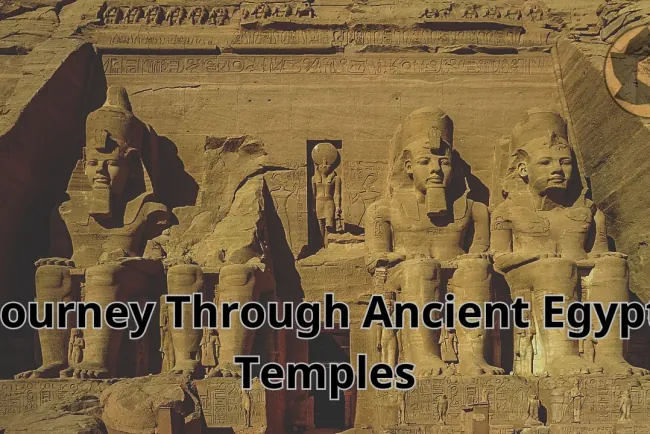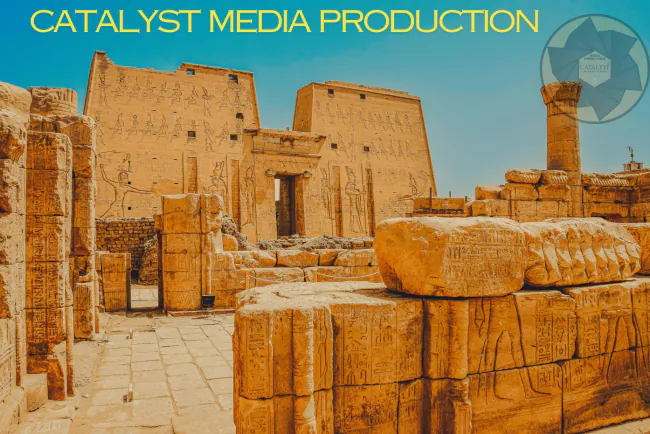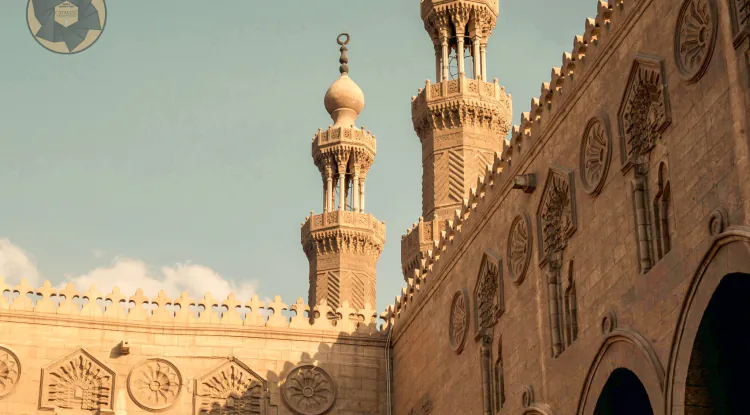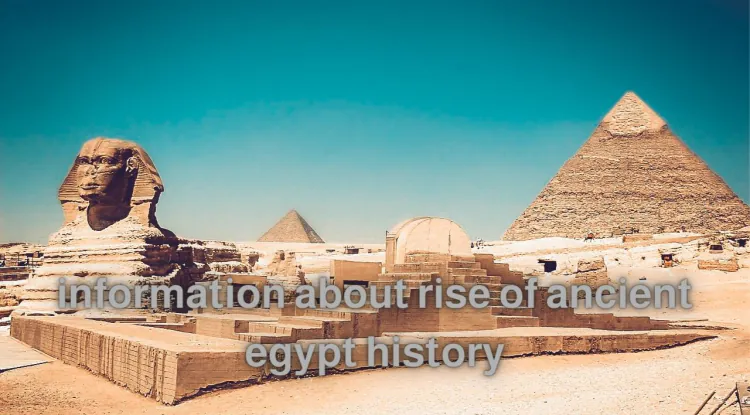Al-Moez Street “The Greatest Street” at Cairo
The Al-Moez street is currently the largest open museum of Islamic antiquities in the world, and a unique heritage site that was included on the World Heritage Sites list in 1979 AD. The street's names changed over the course of history, until it was known as Al-Mu'izz Street since 1937 AD in honor of him as the founder of Cairo.
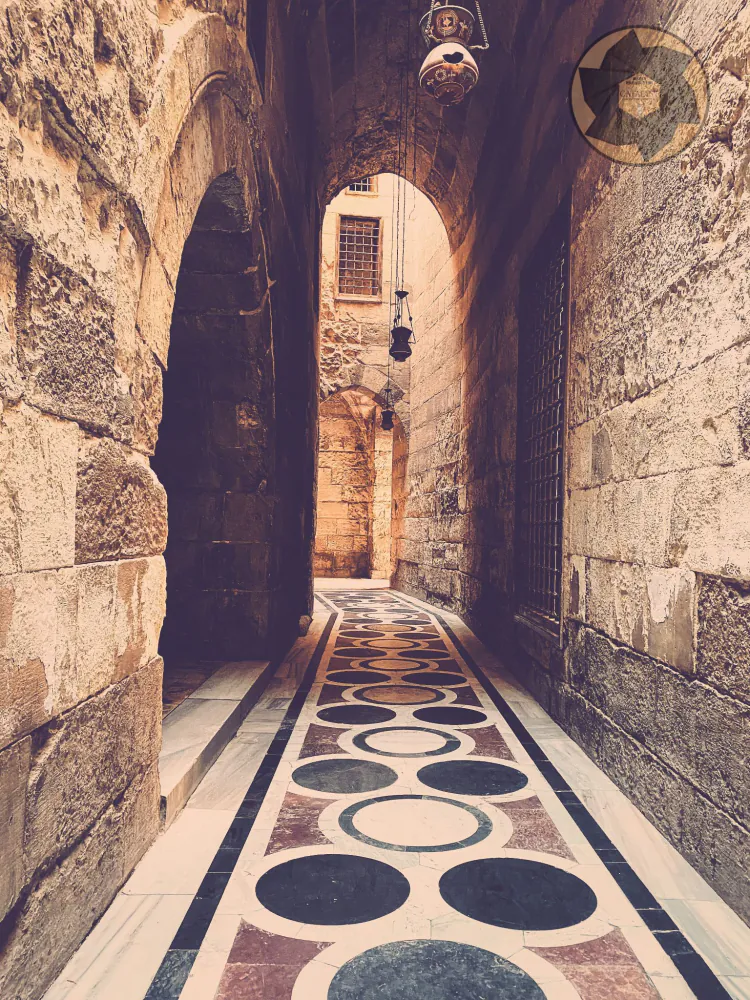
The meaning of the word “street” is the main road (i.e., a main, unblocked street) on which people generally travel. Its street is said to be the turn of the street if the doors of this turn open onto the road, and the house is said to be the turn of the house if it overlooks an open, unblocked road. Al-Mu’izz Street is an area. Tourist attraction, as it is surrounded by many archaeological buildings in Cairo. This street was established with this name in reference to the Fatimid Caliph Al-Muizz li-Din Allah, and the decoration of the facades of Islamic buildings with precision and perfection became widespread in this era. The importance of this street is due to the fact that it contains many antiquities that may be more than 32 Islamic antiquities, and this is the average treasure that is On the street there is an average of the Islamic treasures that Al-Mu'izz Lidin Allah Al-Fatimi Street abounds with.
The story of this street begins when Commander Jawhar al-Siqilli established Cairo al-Mu’aziyah. He made two separate doors in the northern wall, namely Bab al-Nasr and al-Futuh, and in the southern wall two adjacent doors, called Bab Zuwailah ,one of which has disappeared and the other is still there.
He made a street from Bab al-Futuh to Bab Zuwayla, which currently exists, known as the Great Street and Al-Mu'izz Lidin Allah Al-Fatimi Street. This street is considered one of the most crowded streets in Cairo with Islamic antiquities, and thus it is considered the largest open museum of Islamic antiquities in the entire world, as there are 32 Islamic antiquities from different eras.
Al-Mu'izz Street extends from Bab al-Futouh in the north to Bab Zuwaila in the south for a length of 1,500 metres, and then extends south from Bab Zuwaila to the shrine of Sayyida Nafisa and then to Fustat, bringing the length of the greatest street to about 4,800 metres. Al-Mu'izz Lidin Allah Al-Fatimi Street was known in addition to Al-Azam Street as Cairo Street and Al-Qasba Street. Jawhar built on the eastern side of it a palace for Caliph Al-Mu'izz, known as the Great Eastern Palace, because his son, Al-Aziz Billah, created a small palace in front of his father's palace, known as the Small Western Palace.
The Eastern Palace had an area of approximately 70 acres and had nine doors. This palace was considered several interconnected palaces, which is why it was known as the Al-Zahira Palaces, which no longer exist. Al-Muizz Street was full of shops and markets until the number of shops in it from Al-Husseiniyah outside Bab Al-Futouh to Al-Sayyeda Nafisa reached 1,200 shops. The greatest street, from Bab al-Futuh to the north and Bab Zuwayla to the south, remained of unique importance during the days of the Fatimids and Mamluks.
It had traditions in which it was taken into account that no load of hay or firewood should pass through it, nor should anyone drive a horse through it, nor should a waterskin pass through it without its backing covered. Shop owners were required to hang lanterns on their stoves all night long and each of them should prepare a pot full of water to fight fires in any place. It was a tradition in the time of the Fatimids that if an envoy from the Frankish kings arrived at Bab al-Futuh and kissed the ground before arriving at the Caliph’s palace, anyone who became angry with the Caliph would be ordered to go out to Bab al-Futuh, bareheaded, and cry out to the Caliph for help.
The ruler was walking around the street at night without a guard to see for himself the cleanliness of the street and the extent to which the shop owners and street residents were adhering to the orders. People were competing to light the street, clean it, and decorate it with green ponds. During one of his tours, the ruler noticed that people were going out at night to watch the Caliph’s procession, so he ordered that women be prevented from going out at night after dinner. When his attention was drawn to the crowding of people in the roads and shops of the street, he issued an order preventing people, both men and women, from going out after dinner.
The most important monuments of Al-Moez Street from the north to the south
- Bab al-Futuh (1087 AD - 480 AH)
- Al-Hakim Bi-Amr Allah Al-Fatimi Mosque
- Abu Al-Khair Al-Kulaibati corner
- Mosque, path, and book of Suleiman Agha Al-Silhdar
- House and endowment of Mustafa Jaafar Al-Salahdar
- Al-Aqmar Mosque
- The path and book of Abd al-Rahman Katkhuda
- Sultan Inal Bath
- Al Madrasa el-Kamilia
- Prince Bashtak Palace
- Khanqah and Al-Zahir Barquq madrasa
- Al-Nasir Muhammad bin Qalawun madrasa and Dome
- The path of Muhammad Ali with coppersmiths
- Al-Zahir Baibars Al-Bundadari madrasa
- Dome, madrasa and bimaristan of Sultan Qalawun
- Dome and madrasa of Al-Saleh Najm Al-Din Ayoub
- King Al-Ashraf Barsbay madrasa
- Sultan Al-Ghuri Madrasa
- The path and book of King Sultan Al-Ghuri
- Al-Fakahani Mosque
- The path of Muhammad Ali in Al-Aqadain
- Al-Muayyad Sheikh Mosque
- Bab Zuwila
What's Your Reaction?








